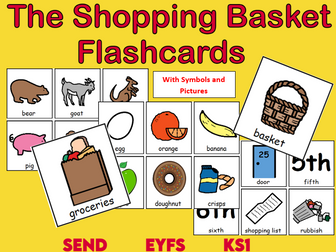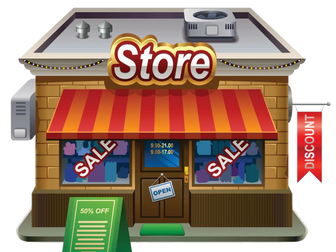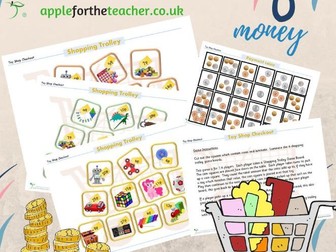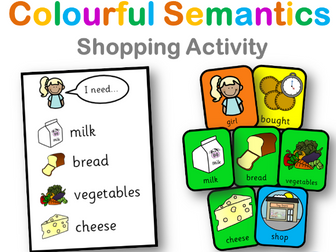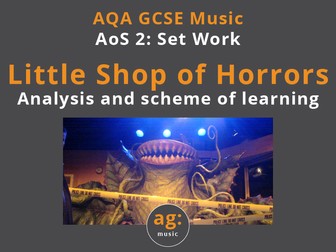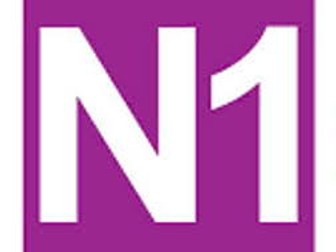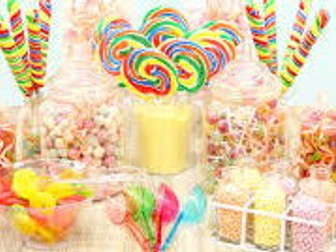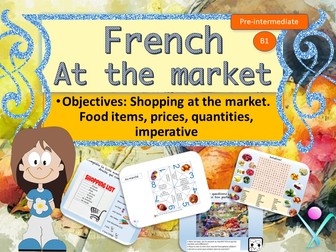
French food shopping and quantities worksheet
A selection of two differentiated worksheets on shopping for food and quantities. Includes translations into French with the support of a vocabulary grid on the worksheet. This will enable students to work independently on building sentences. Students can also practice conversational skills by writing out dialogues in French, which they can then practice in pairs.


